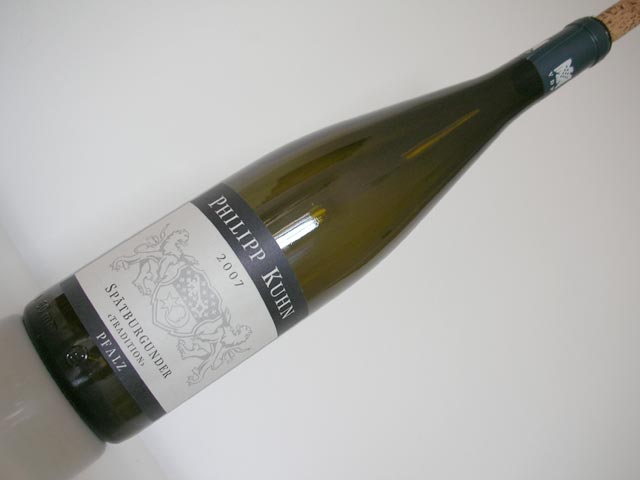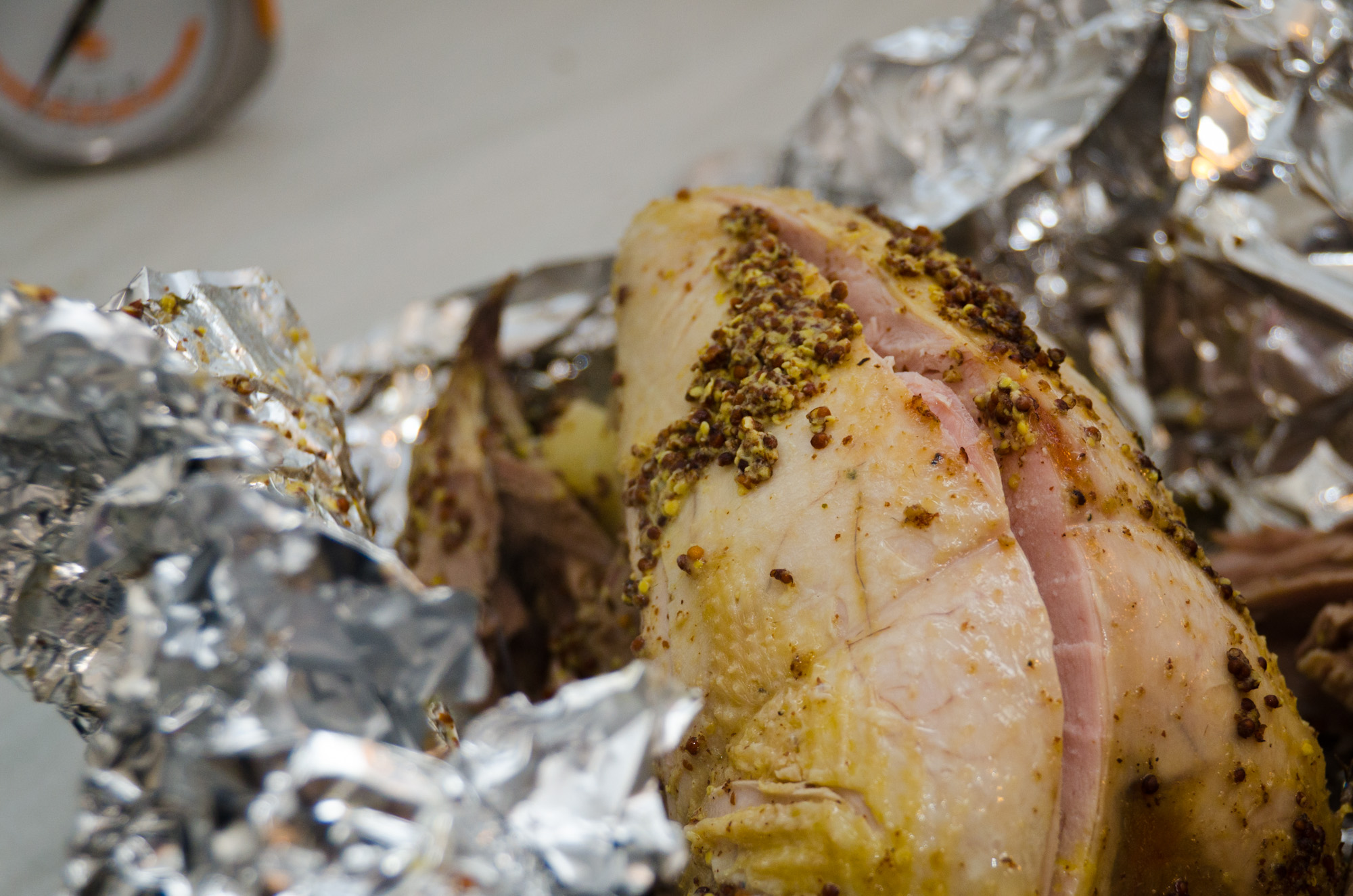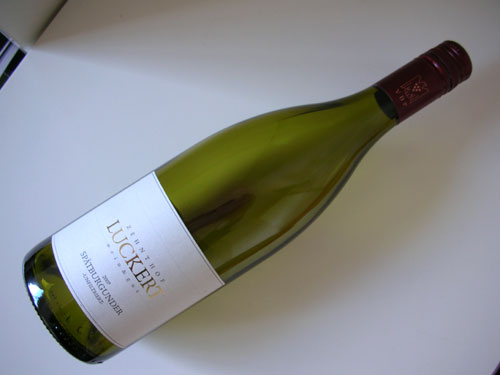Dr. Heger, Ihringer Winklerberg, Spätburgunder ***, 2000
If you are one of those thinking of German Pinot Noir as very light wine, pale in colour and neither substantial nor worth ageing then have a look at the wine below. And if you do not think about German red wine at all, well, then do the same. The two Wine Ramblers, at any rate, did also spend some time looking in amazement at the incredibly rich colour of the ten year old Spätburgunder that they had opened last weekend to celebrate one year of The Wine Rambler. Join us in the merriment:








